
Recommendation
Brands have a major role in determining what people buy. Consumers purchase goods based, in part, on an emotional reaction to brands. A brand can make people feel good, cater to their personalities or give them a sense of belonging to a group they would like to join. Brands can make people seem wealthier or more appealing. But branding has to be kept in perspective, and not everyone buys author Michael Solomon’s viewpoint that consumers’ allegiance to particular gym shoes or soft drinks helps define their roles in society. His book places branding in the middle of the commercial universe and spins off some interesting, but highly specialized, conversations about "aspirational" marketing, "retailtainment" and other developments. Citing his research and sources in sociology, advertising and media studies, Solomon offers solid material that getAbstract.com recommends as necessary background reading for branding professionals. However, readers from other fields need to be really intrigued by branding and marketing to work with the book’s tossed salad of unrelated marketing factoids, its generalizations and its focus on branding as a consumer driver, to the near exclusion of other factors. If the melee of brand competition intrigues you, read on.
Summary
About the Author
Michael R. Solomon is the author of Consumer Behavior: Buying, Having and Being, a college textbook on consumer behavior. He is director of Mind/Share, Inc., a consulting firm specializing in online consumer research. He lives in Auburn, Alabama.


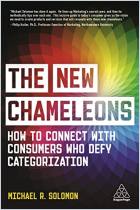
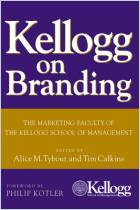
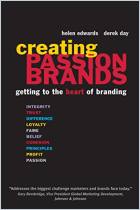
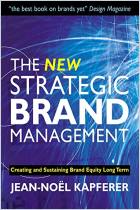


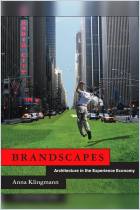



Comment on this summary